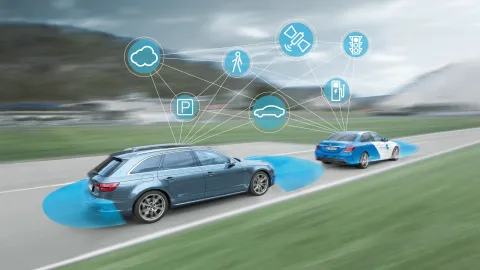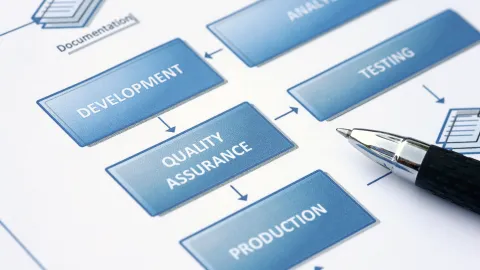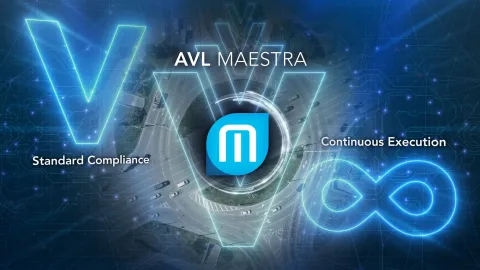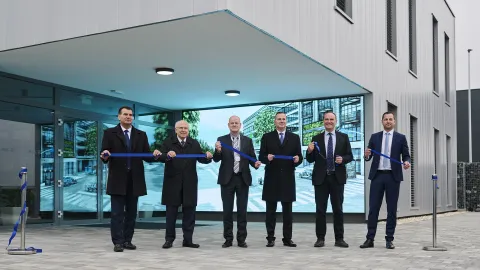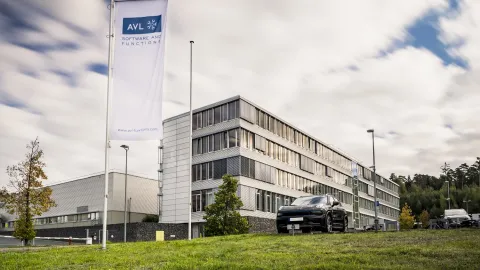
Our primary objective is to develop effective, customer-friendly solutions in line with market requirements. To do so, we have a range of established methods, processes, and tools available to you.
- Standardization with databases: This allows specific designs to be accessed in a swift and affordable manner. That is the basis for flexible customer-specific adjustments.
- Creation of market-specific key performance indicators (KPIs): This enables us to increase customer acceptance in the relevant markets.
- Use case documents: These are our most important foundations - this is where use cases are summarized and main expectations to a feature are raised.
- Definition of the logical architecture: We use diagrams such as feature state or feature flowcharts to enter system statuses, status transitions, and transition conditions for you.
- Requirement document: In this final document, we define the precise requirements for the ADAS/AD system to fulfill the required functionality.
Use Case Documents
A use case puts the ADAS system in relation to practical situations. Thereby, we define the expectations for the best-possible system behavior. We summarize all use cases for you in our use case documents.
Logical Architecture Diagrams
Graphic illustration shows the states of the functions, possible state transitions, and their transition conditions. One or more flow diagrams are used to demonstrate the internal logic of the function.
Document for KPI Definition
A KPI is a measurable indicator that provides insight into the performance of a specific function. This document provides you with an overview of all KPIs that are required to achieve the requested level of performance of the function.
Requirements Document
This is where we summarize all system requirements in a single document for you. It includes all conditions or capacities that can be tested and that the system must fulfill.
